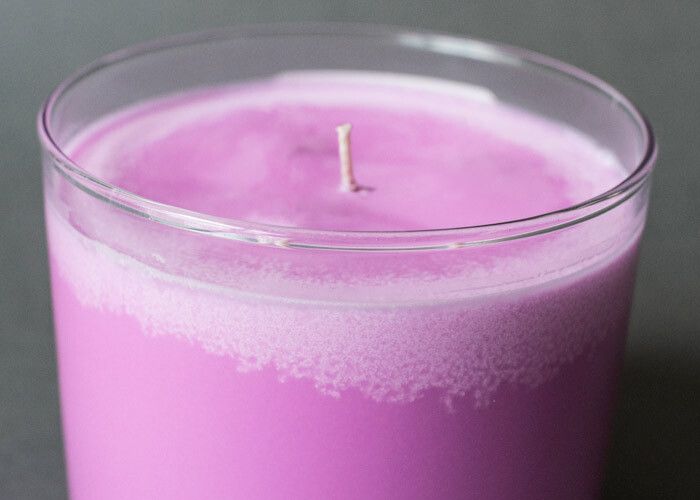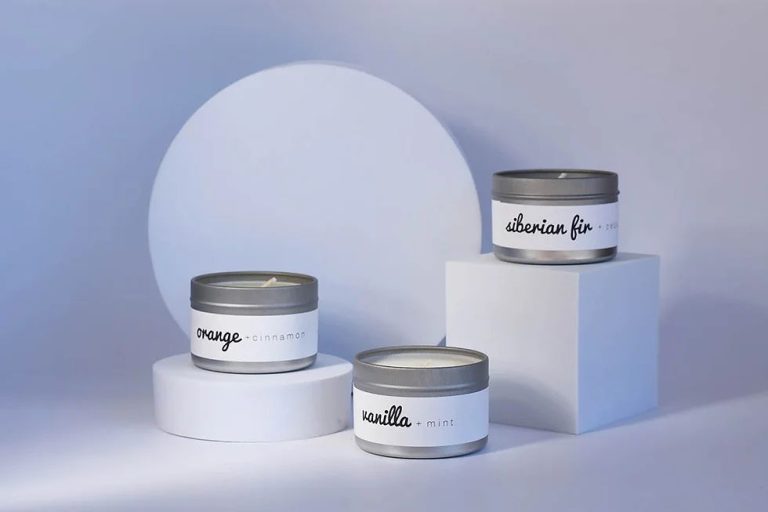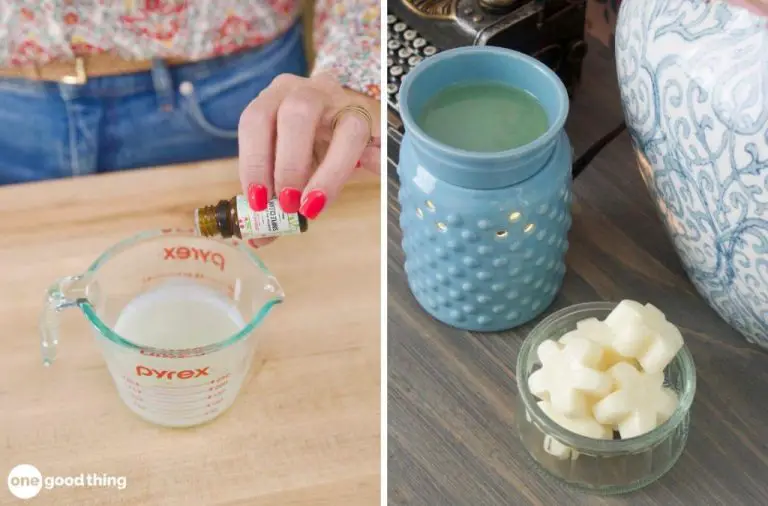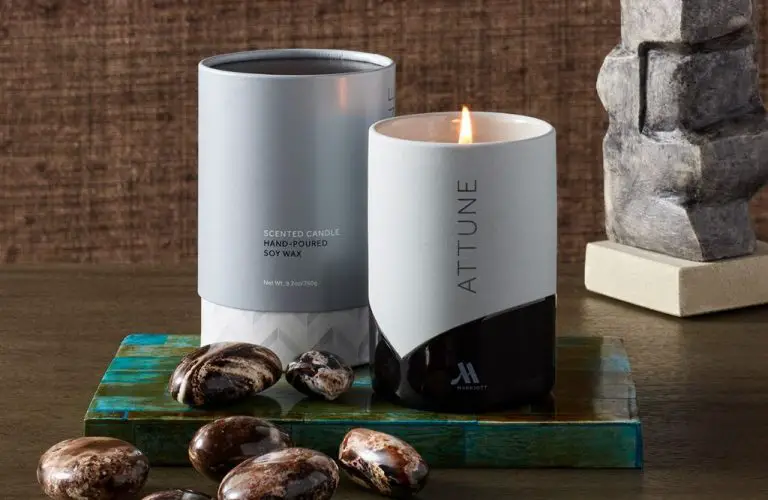Is White Paraffin Edible?
What is White Paraffin?
White paraffin wax is a soft, odorless, tasteless substance derived from petroleum, coal, or oil shale (source: https://en.wikipedia.org/wiki/Paraffin). It consists of a mixture of hydrocarbon molecules containing anywhere from 20 to 40 carbon atoms. The term “paraffin wax” encompasses multiple types of alkane compounds, but the white variety has a very specific chemical makeup and properties.
White paraffin wax is composed almost entirely of straight chain n-alkanes such as hexadecane and octacosane. The long, unbranched molecular structure gives white paraffin its crystallinity and high melting point. This allows it to transition directly from a solid to liquid state, making it ideal for applications like candle-making, cosmetics, and therapeutics.
Some common uses of white paraffin wax include: candles, lubricants, electrical insulators, cosmetics, ointments, modeling clay, and FDA approved food coatings. The versatility of paraffin comes from its inertness and malleability. It is odorless, non-toxic, and insoluble in water, allowing safe use in many commercial and industrial applications (https://www.dictionary.com/browse/paraffin).
History of Paraffin Wax
Paraffin wax was first created in 1830 by German chemist Karl von Reichenbach when he attempted to develop a method to efficiently separate and refine crude oil. Reichenbach called it “paraffin” from the Latin words “parum” meaning little and “affinis” meaning related to, because it had unique properties that made it seem unrelated to other hydrocarbons.
In the mid-1800s, paraffin wax grew in popularity as it provided a cheaper alternative to beeswax and tallow for applications like candle-making. By the early 1900s, paraffin wax was being produced on a massive commercial scale, supplying industries like meat packing, paper production, and board laminating (Source).
Historically, paraffin wax was commonly used for sealing preserves and home canning. It provided an airtight seal for jams, jellies, and pickles. Paraffin’s moisture-resistant properties also made it useful for waterproofing a variety of materials from paper to textiles (Source).
Is Paraffin Wax Edible?
There is some debate around whether paraffin wax is truly edible or not. Technically, food-grade paraffin wax is considered edible and safe for consumption (https://blendedwaxes.com/blog/3-facts-about-food-waxes/). However, just because it is edible does not necessarily mean it should be eaten in large quantities.
Food-grade paraffin wax is highly refined and purified, making it safe for use on foods. It is derived from petroleum, but contains no traces of hydrocarbons after processing. The FDA has approved food-grade paraffin wax as a direct and indirect food additive (https://www.fda.gov/food/food-additives-petitions/paraffin-wax).
That said, some health authorities caution against consuming too much paraffin wax. While small amounts used to coat candy or fruits are likely safe, ingesting larger quantities could potentially cause intestinal blockage or other issues. Paraffin is also devoid of nutrients. So it does not offer any health benefits and provides empty calories (https://www.thespruceeats.com/what-is-paraffin-wax-1807043).
Overall, food-grade paraffin wax is considered edible by food safety organizations. But intake should be limited, as large amounts could pose potential health risks.
Uses of Edible Paraffin Wax
Paraffin wax has some culinary uses, though it should be used sparingly. Food-grade paraffin wax is sometimes used as a coating for certain cheeses like cheddar or provolone. The thin layer of wax helps prevent moisture loss so the cheese remains fresh. According to this article, paraffin wax coatings can extend the shelf life of cheese by up to several months.
Another common use of edible paraffin wax is in candy making. Confectioners may dip or spray candies with a thin layer of paraffin to give them a glossy sheen. It helps retain moisture in the candy and prevents sugars from crystallizing. Paraffin coatings also make it easier to handle sticky candies during packaging and prevent pieces from sticking together, according to this source. However, some consumers prefer candies without paraffin for a more natural appearance.
Dangers of Ingesting Paraffin
Ingesting or swallowing significant amounts of paraffin wax can be very dangerous for human health. Paraffin wax is not meant to be consumed by humans. When ingested, paraffin wax can cause a range of concerning symptoms and side effects.
One of the main health risks of swallowing paraffin wax is intestinal or bowel obstruction. Large amounts of paraffin can accumulate and essentially block the intestines, preventing the passage of food and waste (1). This can lead to severe abdominal pain, nausea, vomiting, and constipation. Intestinal obstruction is considered a medical emergency requiring immediate treatment.
In addition to intestinal issues, ingesting paraffin wax may also negatively impact the kidneys. The wax components can accumulate in the kidneys, potentially leading to long-term kidney damage or even kidney failure (2).
Other symptoms that may occur after swallowing paraffin wax include diarrhea, ulceration of the intestinal lining, and severe allergic reactions in some people. If aspirated into the lungs, paraffin can also cause chemical pneumonia.
Children sometimes ingest paraffin wax accidentally. Seek emergency medical care if a child is known to have swallowed a significant amount of paraffin. Even small amounts should be monitored carefully for any concerning symptoms.
While small ingestions may pass through the body without issue, swallowing any amount of paraffin wax that was not made to be edible carries risks. Consuming food-grade paraffin wax is also not recommended. Overall, ingesting paraffin wax should be avoided.
(1) https://www.mountsinai.org/health-library/poison/paraffin-poisoning
(2) https://paraffinwaxco.com/paraffin-wax-poisoning/
Safer Alternatives to Paraffin Wax
While paraffin wax is commonly used, there are some safer, more natural alternatives to consider using instead. Three popular alternatives include beeswax, carnauba wax, and soy wax.
Beeswax is a natural wax produced by honey bees. It has been used for centuries in products like candles, lip balms, and lotions. According to The Natural Alternative to Paraffin Wax, beeswax is hypoallergenic and doesn’t produce petroleum smoke when burned. It’s a renewable and sustainable resource.
Carnauba wax comes from the leaves of a palm tree native to Brazil. It is used in products like waxes, polishes, and even some food products. Carnauba wax is hard and has a high melting point, making it a useful natural alternative to paraffin, especially in candle making. It produces less smoke and cleaner air quality when burned compared to paraffin.
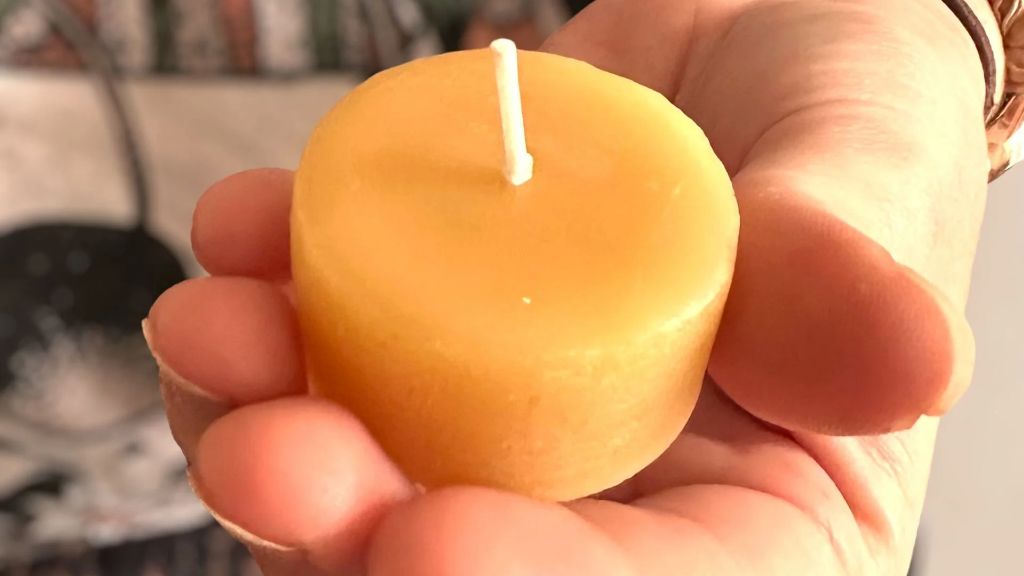
Soy wax is made from hydrogenated soybean oil. According to Alternatives to Paraffin Wax, it’s a renewable and biodegradable resource. Soy wax burns slower and cooler than paraffin wax. It’s also non-toxic and hypoallergenic. Soy wax is a popular eco-friendly alternative to paraffin in products like candles, lip balms, and skin care.
When choosing candle wax or ingredients for body products, considering more natural alternatives to paraffin wax can provide comparable or even enhanced performance while being better for human health and the environment.
Storing Paraffin Wax Safely
Proper storage of paraffin wax is important for safety reasons. According to Healthline[1], paraffin wax should be covered and stored in a safe place when not in use. The International Refined Wax Materials Association recommends storing liquid waxes like paraffin wax in insulated tanks 20-30°F above its melting point[2]. Solid paraffin wax should be stored at room temperature away from heat sources.
It’s especially important to store paraffin wax away from any food or food preparation areas. Even though some types of paraffin wax may be considered food-grade, ingesting large amounts can be dangerous. Keep paraffin wax clearly labeled and sealed in an airtight container away from the kitchen to avoid accidental ingestion.
Proper storage also helps maintain the quality and effectiveness of the wax. By keeping paraffin wax sealed and stored at the right temperature, it will remain in optimal condition for skin care treatments and other uses.
Frequently Asked Questions
Here are some common questions about paraffin wax and its uses:
Is it safe to ingest paraffin wax?
No, paraffin wax should never be ingested or consumed orally. Paraffin wax is considered non-toxic externally, but ingesting it can cause intestinal obstructions, vomiting, and other side effects (source). Only food-grade waxes like beeswax should ever be ingested.
Can you use paraffin wax on your face?
Paraffin wax is generally not recommended for use on the face as it can clog pores and cause breakouts. There are facial waxing products made specifically for the face. An alternative is using a hydrating face mask (source).
How often can you get a paraffin wax treatment?
Most experts recommend limiting paraffin wax treatments to 1-2 times per week at most. Overusing paraffin wax can dry out the skin. It’s best to give your skin a break in between treatments (source).
Does paraffin wax removate hair?
No, paraffin wax treatments do not remove hair. Paraffin wax is used to moisturize and soften skin, not for hair removal. You need a wax specifically formulated for hair removal for waxing hair.
Can you reuse paraffin wax?
It’s not recommended to reuse paraffin wax, especially between people. The wax can harbor bacteria after use. Discard used paraffin wax and replace it with fresh wax for sanitary reasons.
Summary
After reviewing the details around paraffin wax, the evidence shows that while food-grade paraffin wax does exist, consuming or ingesting any type of paraffin wax regularly is not recommended. Paraffin wax is derived from petroleum and contains toxins that can build up in the body over time with repeated exposure. While a small amount of food-grade paraffin on an occasional basis may not cause immediate harm, ingesting wax or using it in ways that allow it to enter the body is best avoided.
Instead, look to utilize safer, more inert alternatives for any application involving food or internal contact. Beeswax, carnuba wax, and soy wax are healthier options. When working with paraffin wax in arts, crafts, or candle-making, take precautions to handle it safely and prevent accidental ingestion, especially around children. Store paraffin wax securely out of reach. Overall, steer clear of knowingly consuming or eating any type of wax, and seek natural substitutes whenever possible.
References
This article was researched using the following sources:
– Brownlee, Rich. “Can You Eat Candle Wax?” Candle Making Supply, 28 Oct. 2022, https://www.candlemaking.com/learning/can-you-eat-candle-wax.html. Accessed 9 Jan. 2023.
– “Is Paraffin Wax Toxic?” Primarily Paraffin, https://www.primarilyparaffin.com/blog/is-paraffin-wax-toxic#:~:text=While%20paraffin%20wax%20itself%20is,when%20chewed%20or%20swallowed%20repeatedly. Accessed 9 Jan 2023.
– Kielhofner, Melissa. “Ask Melissa: Can You Eat Candle Wax?” Bramble Berry, 23 Sept. 2020, https://www.brambleberry.com/articles/ingredient-information/art0001-can-you-eat-candle-wax.html. Accessed 9 Jan. 2023.
– “Paraffin Wax: Should I Be Worried?” Gulf Wax, https://www.gulfwax.com/blog/is-paraffin-wax-dangerous-should-i-be-worried. Accessed 9 Jan. 2023.

